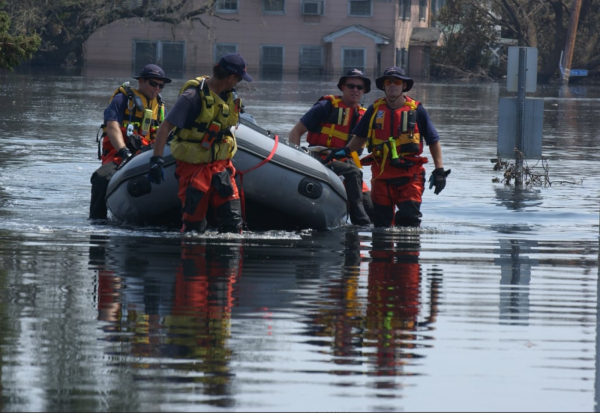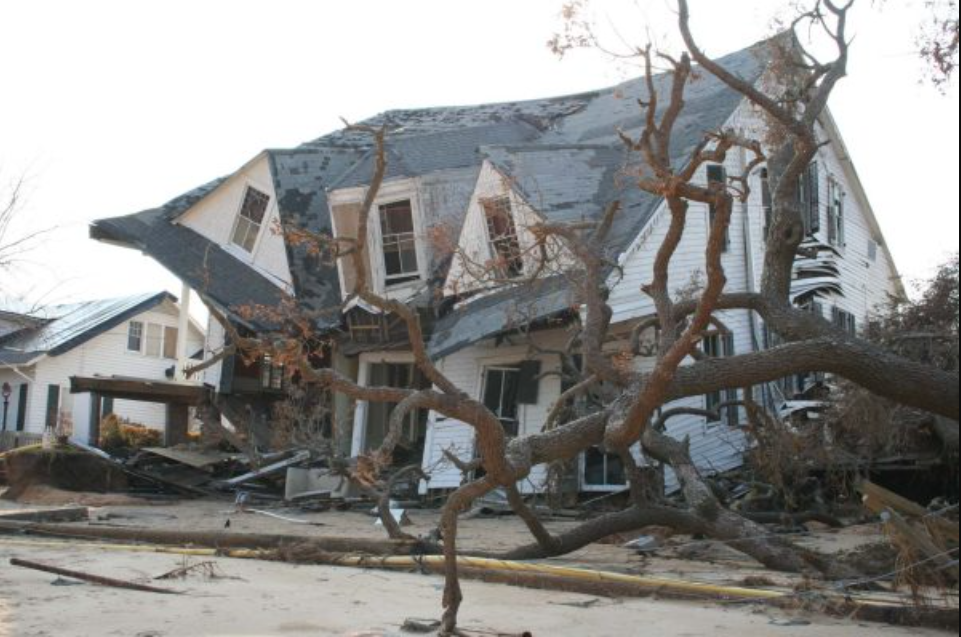Published on Nov. 22, 2005, by NOVA, the documentary “Hurricane Katrina: The Storm That Drowned a City” gathers multiple survivors of New Orleans describing their personal experience, along with journalists and experts giving context. It’s also free on the YouTube channel Extreme Earth. The documentary unwraps the lack of preparation before the hurricane, including unexpected turns of events.
It is noticeable that the music gets intense along with the setting. From the start, a ticking clock sound takes effect as footage shows rushing floods, signaling that time is quickly running out. In approximately a minute, it quickly recaps the month before the disaster.
The tone goes back and forth between frightening and relaxing, comparing the pride of people before the hurricane and the fear they felt during it. The narrator’s deep, serious voice briefly guides us through the film, following Katrina as weather forecasts show. The narrator does this while presenting the “happy” moments and managing to keep viewers on edge, knowing that something bad is right around the corner.

The documentary is able to reveal unseen factors that actually contribute to the story. For example, journalist Jarvis DeBerry explains how almost nobody is focusing on the storm until the weather and news updates become alarming. Naturally, people start to evacuate and crowd onto the streets to safety. Yet, this is only another problem for the lower classes: lack of transportation, shelter and overall money. A New Orleans citizen, Dawn Richard, further empathizes with this as she tries to persuade her own friends to leave the city, but cannot due to little or no resources. All of this was less than a day before the hurricane, and the music dramatically transitions.
Split into separate days, the documentary reveals a lot of information backed up by a meteorologist and a coastal scientist. Until the end, the lasting destruction Katrina left behind was physical, mental and emotional.
While this tragedy happened a while back, two recent documentaries were released this year: “Hurricane Katrina: Race Against Time” and “Katrina: Come Hell and High Water,” now on Netflix. For those who love this documentary, it’s best to go explore deeper into the terror and tragedy of Katrina.








